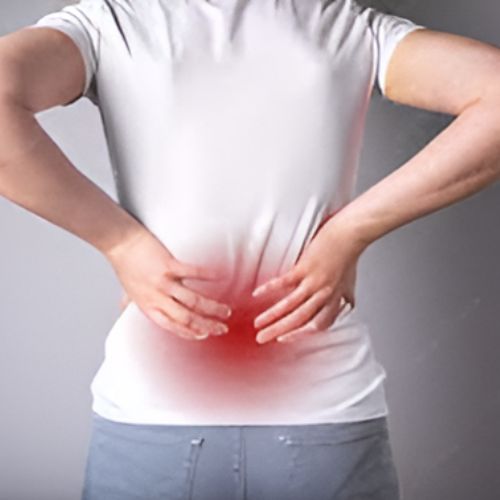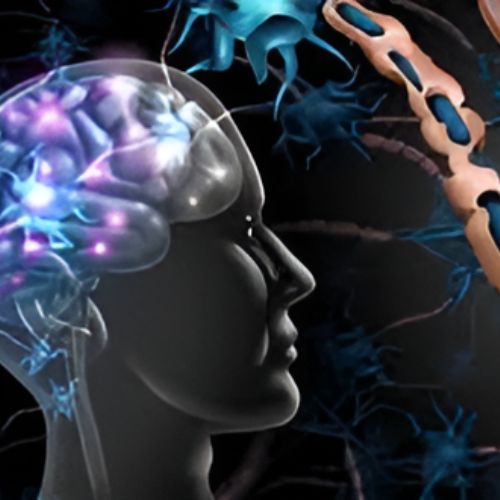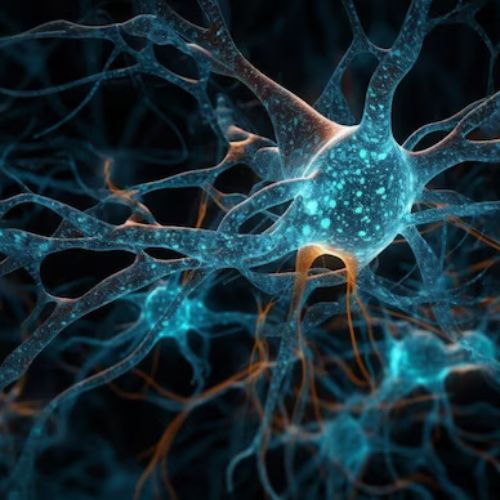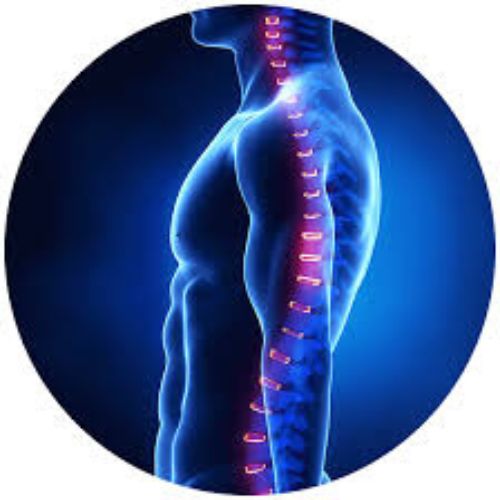
A Stroke occurs when the blood supply to part of the brain is interrupted or reduced, depriving brain tissue of oxygen and nutrients. There are two main types: ischemic stroke, caused by a blockage in an artery, and hemorrhagic stroke, caused by a burst blood vessel. Without prompt treatment, brain cells begin to die, leading to potential long-term disabilities or even death. Common symptoms include sudden numbness or weakness, especially on one side of the body, confusion, trouble speaking, vision problems, and difficulty walking. Stroke risk factors include high blood pressure, smoking, diabetes, and heart disease. Immediate medical attention is crucial to minimize brain damage, and rehabilitation is often needed to regain lost function. Prevention focusses on controlling risk factors and adopting a healthy lifestyle.

A spinal cord injury (SCI) occurs when there is damage to the spinal cord, either from trauma, disease, or degeneration. This can lead to partial or complete loss of sensation, movement, and bodily functions below the site of the injury. The severity depends on the location and extent of the damage, ranging from temporary issues to permanent paralysis, often categorized as paraplegia or quadriplegia. SCIs disrupt the communication between the brain and body, impacting motor control, bladder and bowel function, and even breathing in severe cases. Early intervention, rehabilitation, and physical therapy are crucial for maximizing recovery and quality of life. Research is ongoing to develop treatments, including stem cell therapy, to repair spinal cord damage and restore function.

Parkinson's disease is a progressive neuro degenerative disorder that primarily affects movement. It occurs due to the loss of dopamine-producing neurons in the brain, leading to symptoms like tremors, stiffness, bradykinesia (slowness of movement), and balance problems. Injuries in Parkinson's patients often arise due to impaired motor control and increased risk of falls, especially as the disease advances. Common injuries include fractures, head trauma, and soft tissue damage, with falls being the leading cause. Individuals with Parkinson's may also experience postural instability, freezing of gait, and difficulty in walking, further contributing to injury risk. Proper management through physiotherapy, medication, and assistive devices can help improve mobility and reduce the likelihood of injury, ensuring better quality of life.

Multiple sclerosis (MS) is a chronic autoimmune disease that affects the central nervous system, leading to the deterioration or damage of the myelin sheath, which insulates nerve fibers. This disruption causes communication issues between the brain and the body, resulting in various neurological symptoms. Common symptoms include fatigue, difficulty walking, numbness, vision problems, and cognitive changes. MS can manifest in different forms, with relapsing-remitting MS being the most common. While the exact cause remains unclear, genetic and environmental factors are believed to play a role. Treatment options focus on managing symptoms and slowing disease progression, including medications, physical therapy, and lifestyle changes.

Guillain-Barré Syndrome (GBS) is a rare neurological disorder where the body's immune system mistakenly attacks the peripheral nerves. This can lead to muscle weakness, numbness, and in severe cases, paralysis. Symptoms often begin with weakness in the legs and may progress to affect other parts of the body. The exact cause of GBS is unknown, but it often follows infections, particularly respiratory or gastrointestinal infections. Diagnosis typically involves clinical evaluation, lumbar puncture, and nerve conduction studies. Treatment options include intravenous immunoglobulin (IVIG) and plasmapheresis, both of which can help reduce the severity and duration of symptoms. Recovery varies, with many individuals regaining full function over weeks to months, although some may experience long-term effects.

Degenerative cases refer to conditions where tissues, such as cartilage, bone, or muscles, gradually deteriorate over time, often due to age, wear and tear, or underlying health issues. Common degenerative diseases include osteoarthritis, degenerative disc disease, and spinal stenosis, which lead to pain, decreased mobility, and impaired function. Symptoms typically manifest as stiffness, swelling, and discomfort in affected areas. Diagnosis often involves physical examinations, imaging studies like X-rays or MRIs, and patient history assessments. Treatment may include physical therapy, pain management,